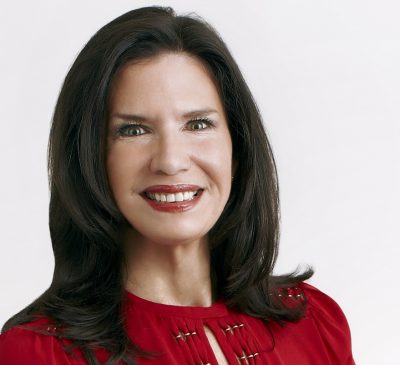
Huffington Post has published an interview with Reputation Communications CEO Shannon Wilkinson about personal branding online. These are highlights from Stacey Cohen’s article:
“Personal brands are complex, shaped by our skills, our interests and the content we create, from our tweets to our blog posts.
But at the foundation of any personal brand is a singular – and paramount – trait: our reputations.
Without a positive reputation, no personal brand can flourish. If you’re not viewed as a dependable and trustworthy professional, your skillset, interests and output – no matter how impressive – won’t matter much.
And in today’s digital world, where photos, social media profiles and news stories are immortal, upholding a sterling reputation is more important than ever. One hiccup, whether an awkward photograph, or unforgiving article, can haunt a professional for years.
Few people know the nuances and importance of modern reputation care better than Shannon Wilkinson, a leading expert on online reputation management, or ORM. Wilkinson’s NYC-based firm Reputation Communications serves a suite of international clients and offers services ranging from reputation-building and reputation research to reputation repair. Wilkinson is a familiar byline in the Wall Street Journal’s “Crisis of the Week” column,” a seasoned speaker and regular blogger at her website, You(Online).
I recently caught up with Wilkinson about ORM and polishing and protecting reputations in the age of the Internet.
Wilkinson paints a vivid picture of just how important ORM is in today’s world and shares guidance on how to best navigate this new realm.
First, assess what’s already out there – and resist the belief that you can be invisible online. “The digital age ensures that each of us have an online reputation, whether we want one or not,” Wilkinson explains. If we throw up our hands and surrender, our reputations will be determined by “bots that scrape, index and republish the publicly available information about you,” Wilkinson warns.
Next up: Start creating content that accurately represents, and enhances, your reputation. “Counter-balance third-party content and replace it with new, positive and authentic material,” Wilkinson says. “This is a key ORM strategy.” Ensure the items you do have control over – your LinkedIn profile, your company bio, your blog and your Twitter – carry the right messaging.
There’s lots more to ORM than just this, and mercifully Wilkinson is quick to share her agency’s most popular blog post, “The Essentials: Online Reputation Management FAQs.” It’s a useful inventory of strategies and tactics you can use to start burnishing your online reputation today. If you have a presence online (and remember, everybody does), it’s worth the read.”
Read the article: Online, Your Reputation is Everything.


